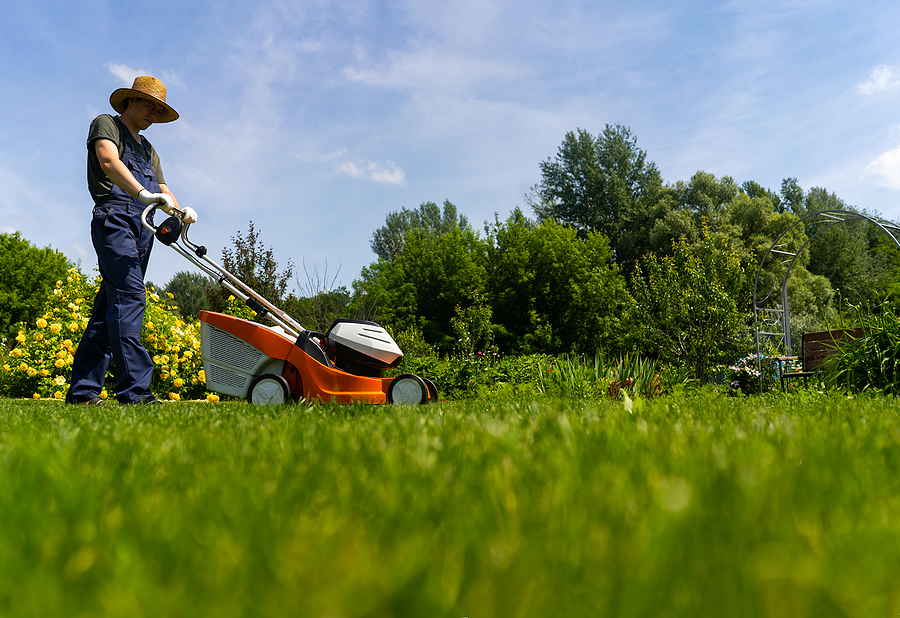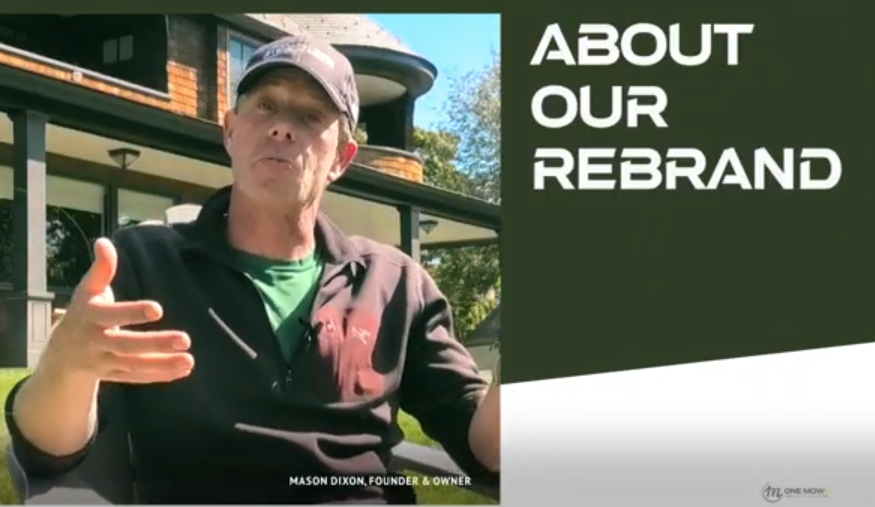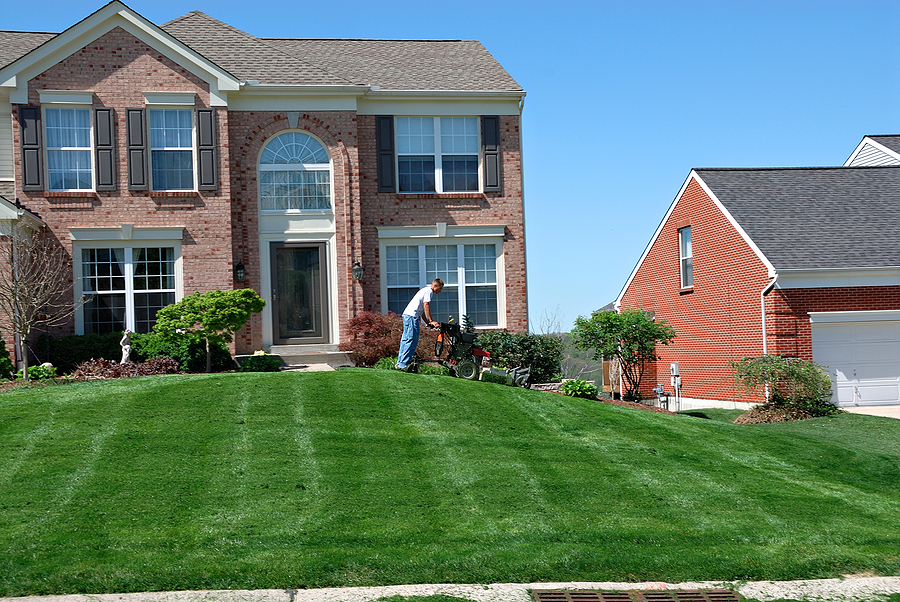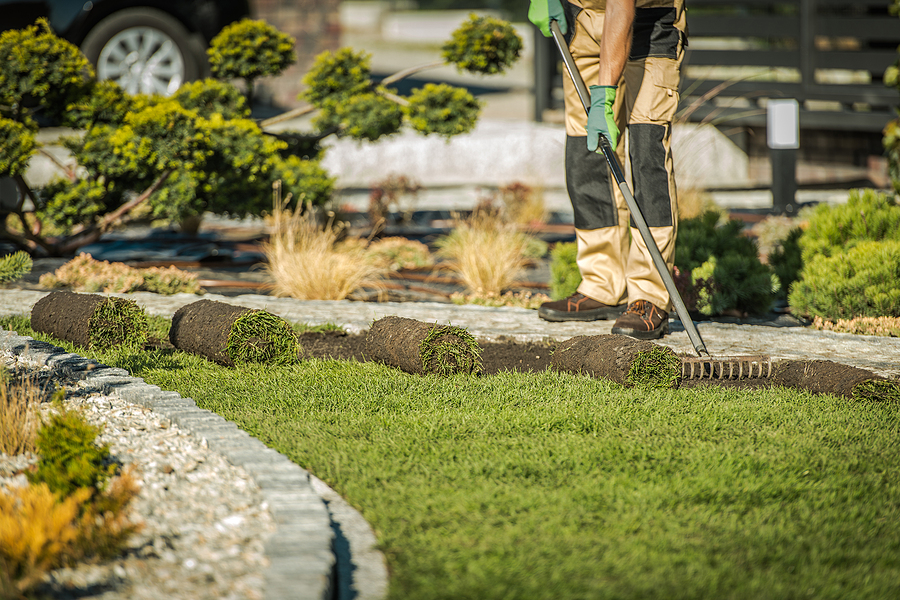If you think mowing the lawn is just about firing up the mower and cutting the grass short enough to look clean, think again. There’s a whole science behind it, and getting it wrong can lead to a lawn that’s more brown than green, more weeds than turf.
In a place like Kennebunk, where the climate shifts from soggy spring to hot summer and back to chilly fall, mowing isn’t just maintenance; it’s strategy. Understanding the science of lawn mowing can mean the difference between struggling with patchy, stressed grass and showing off a lush, healthy yard that makes your neighbors do a double take.
Let’s break it all down so you can mow like a pro and keep your lawn thriving all season long.
Why Mowing Height Matters
Most people assume that shorter grass means you can mow less often. Sounds logical, right? But here’s the problem: scalping your lawn (cutting it too short) damages the grass and encourages weeds to move in.
Why? Because grass stores energy in its blades. When you slice too much off, you’re robbing it of the resources it needs to grow, recover, and defend itself from pests, drought, and disease. That’s not just lawn care 101—that’s biology.
When you mow at the ideal mowing height for grass, you’re applying the science of lawn mowing to protect the crown (where new growth happens), help roots grow deeper, and keep soil temperatures cooler. All of that adds up to a healthier, thicker, more resilient lawn.
The Goldilocks Rule: Not Too Short, Not Too Long
So what’s the magic number? It depends on your grass type and the season, but in Kennebunk, most lawns are a mix of cool-season grasses like Kentucky bluegrass, perennial ryegrass, and fescues. These grasses have their sweet spots.
Here’s a quick guide to the ideal mowing height for grass commonly found in Southern Maine:
- Kentucky Bluegrass: 2.5 to 3.5 inches
- Perennial Ryegrass: 2 to 3 inches
- Fine Fescue: 2.5 to 3.5 inches
- Tall Fescue: 3 to 4 inches
If you’re not sure what kind of grass you have, aim for around 3.5 to 4 inches and adjust based on how your lawn looks and feels.
In the hotter summer months, applying the science of lawn mowing means leaving grass a little taller. Taller grass shades the soil, retains moisture better, and resists stress. In early spring or late fall, you can mow slightly lower to encourage fresh growth, but never remove more than one-third of the blade at a time.
The One-Third Rule: A Mowing Commandment
If you only remember one thing from this article, let it be this: never cut more than one-third of the grass blade at once.
Cutting too much at once can shock your lawn, turning it yellow or brown and stalling its growth. It also exposes the soil to sun and heat, drying it out and creating the perfect opening for weeds.
So if your lawn has gotten away from you (it happens), bring it down gradually. Mow it high first, then again a few days later. Your grass and your mower blade will thank you.
The Role of Sharp Blades and Dry Lawns
Now that we’ve nailed the ideal height, let’s talk about the gear. Dull mower blades tear grass instead of cutting it clean, which leads to jagged, brown tips that look terrible and invite disease. Sharpen your mower blades at least once a season. If you mow often or have a large lawn, you might need to do it more.
Also, don’t mow when the grass is wet. It clumps, it’s slippery, and it gums up your mower. Plus, wet grass tends to bend under the blade, leading to uneven cuts. Wait until it’s dry and standing tall for the best results.
Grasscycling: Yes, You Should Leave the Clippings
Here’s a pro tip that surprises a lot of homeowners: you don’t have to bag your clippings.
Grasscycling, letting your clippings stay on the lawn, is one of the best things you can do. As long as you’re mowing at the right height and not removing too much at once, those clippings will break down quickly, returning valuable nutrients like nitrogen to your soil.
Think of it as free fertilizer. No raking, no bagging, and a healthier lawn? Yes, please.
Timing Is Everything (Especially in New England)
Living in Kennebunk means dealing with some very unpredictable weather. One week it’s sunny and 75°, the next you’re digging out your hoodie. So when should you mow?
Generally, the best time of day to mow is mid-morning, after the dew has dried but before the midday heat kicks in. Evening might seem convenient, but mowing too late leaves the grass damp overnight, which can encourage fungal problems.
And don’t forget the season:
- Spring: Start mowing once your grass is consistently growing. Raise the deck a bit and go slow.
- Summer: Raise the blade to reduce stress and conserve moisture.
- Fall: Gradually lower the height for a final clean cut before winter sets in.
- Winter: Just… don’t. Let it rest.
What About Stripes?
You know those beautiful lines you see on professional sports fields? That’s lawn striping—and yes, you can do it at home.
It’s not about cutting at different heights. Instead, it’s just about bending the grass in different directions. Light reflects off the blades differently depending on how they’re bent, creating that striped effect. A simple lawn roller or even your mower’s rear wheels can help create those patterns.
If you’re already mowing at the ideal height, striping won’t hurt your lawn. Alternating patterns can help prevent wear from going over the same lines every week.
Want a Picture-Perfect Lawn Without Guesswork?
We get it. Not everyone wants to deep-dive into the science of lawn mowing. Sometimes you just want the grass to look great without having to research mower deck heights or remember blade sharpening schedules, and that’s where our expertise comes in.
That’s where we come in.
At One Mow Co., we live and breathe New England lawns. We know what works in Kennebunk’s tricky climate, from ideal mowing heights to pest control to seasonal maintenance. Our mowing plans are tailored to your specific lawn type and schedule, so your grass stays thick, healthy, and just the right height, all season long.
Ready to ditch the trial-and-error approach? Contact One Mow Co. today and let’s get your lawn looking its absolute best, with no science degree required.






